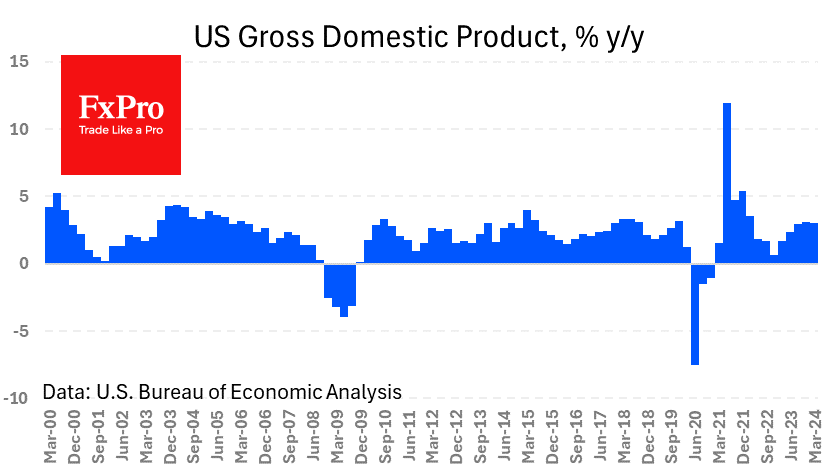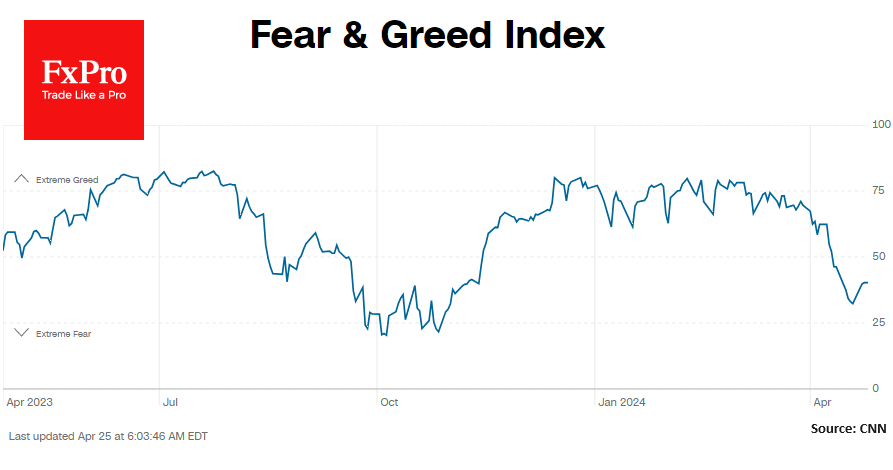SEC vs. Ripple: A predictable but undesirable development
December 28, 2020 @ 10:56 +03:00
The U.S. Securities and Exchange Commission has not been kind to crypto in the past year. In March 2020, in the SEC v. Telegram case, the Commission won a worldwide injunction against the proposed issuance of Grams by Telegram, undoing years of innovative work even in the absence of any allegations of fraud. Then, on the last day of September 2020, Judge Alvin K. Hellerstein dashed the hopes of Kik Interactive by ruling in favor of the SEC’s motion for summary judgment in SEC v. Kik Interactive, halting the sale of Kin crypto tokens. Both of these actions were filed in the Southern District of New York. On Dec. 22, 2020, the SEC decided that it was time to initiate another high-profile action, filing in the same district against Ripple Labs and its initial and current CEOs, Christian Larsen and Bradly Garlinghouse, respectively, for raising more than $1.38 billion through the sale of XRP since 2013.
The initial fallout from this action has been swift and severe: 24 hours after the lawsuit was filed, the price of XRP was down almost 25%. This still left XRP ranked fourth on CoinMarketCap, with a total market capitalization of over $10.5 billion.
The complaint
In its complaint, the Commission paints a straightforward pattern of sales of XRP that were never registered with the SEC or made pursuant to any exemption from registration. From the perspective of the Commission, this amounts to a sustained practice of illegal sales of unregistered, non-exempt securities under Section 5 of the Securities Act of 1933.
For readers not familiar with legal procedure, it might seem unusual for the case to be brought in a New York federal court, especially since Ripple is headquartered in California, and both named individuals reside there. However, Ripple has an office in the Southern District of that state, some statements were made by Garlinghouse while he was present in New York, and significant sales of XRP were made to New York residents. In legal parlance, this would make venues in the Southern District of New York appropriate.
In addition, it might be surprising to some that both Larsen and Garlinghouse were named personally in an action that seeks primarily to recover for XRP allegedly sold illegally by Ripple, through its wholly-owned subsidiary, XRP II LLC. They are named both because they individually also sold significant volumes of XRP — 1.7 billion by Larsen and 321 million by Garlinghouse — and because the SEC contends they “aided and abetted” Ripple in its sales.
Aiding and abetting is a cause of action that depends on a primary violation by a third party, in which the aider and abettor voluntarily and knowingly participates with the goal of assisting in the venture’s success. In this case, Ripple would be the primary violator, and both Larsen and Garlinghouse are alleged to have substantially participated in the pattern of Ripple’s XRP sales, with the goal of allowing the company to raise funds without registering XRP under the federal securities laws or complying with any available exemption from registration.
The bulk of the complaint provides an overview of digital assets, details the SEC’s version of the history of Ripple and its marketing efforts with regard to XRP, illustrates how in the opinion of the Commission, XRP satisfies the elements of the Howey investment contract test under the federal securities laws, and seeks to demonstrate how Larsen and Garlinghouse participated in the on-going sales efforts.
In addition to disgorgement of all “ill-gotten gains,” the requested order would permanently ban the named defendants from ever selling unregistered XRP or participating in any way in the sale of unregistered, non-exempt securities. It would also prohibit them from participating in the offering of any digital asset securities, and it seeks unspecified civil monetary penalties.
SEC vs. Ripple: A predictable but undesirable development, Cointelegraph, Dec 28








